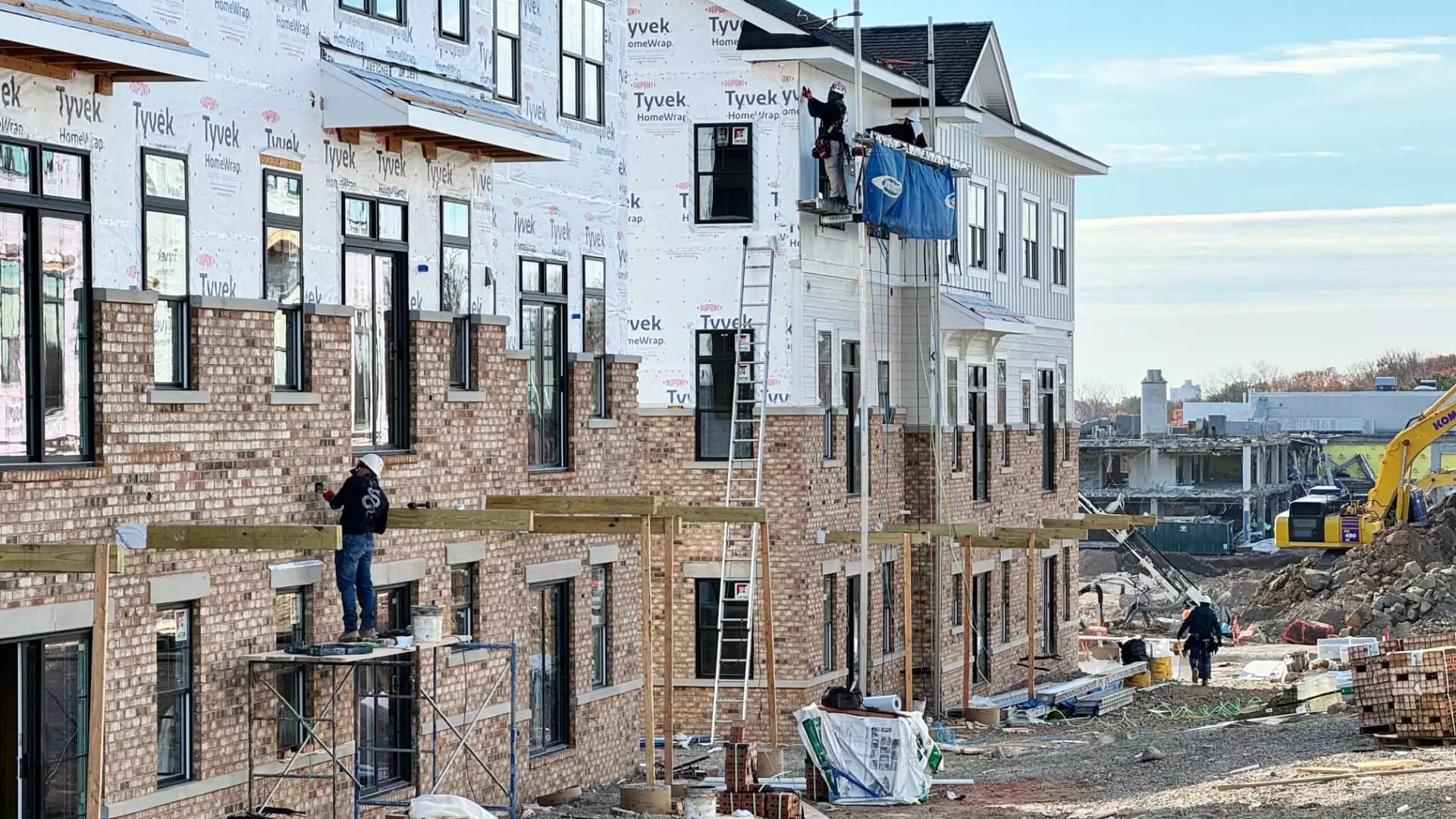The economic landscape for President-elect Donald Trump is fraught with challenges, particularly concerning the housing market, which is a major driver of inflation. As policymakers and economists analyze recent data from the consumer price index (CPI), it becomes apparent that addressing the insistent rise in housing costs will be pivotal for the incoming administration if it hopes to return inflation to manageable levels.
Mixed Signals from the Housing Market
Recent reports indicate a complicated scenario regarding shelter costs. The latest CPI data reveals that while the annual increase in shelter costs reached 4.7%, the lowest year-over-year rise since early 2022, this figure remains far above the target inflation rate of 2% set by the Federal Reserve. The dynamics affecting housing are anything but simple; they contribute substantially—about 40%—to the overall monthly inflation metrics, even surpassing food costs.
What’s notable is that rent increases, particularly those tied to this shelter category, experienced their slowest monthly growth in over three years. However, the fact that they are still growing indicates persistent upward pressure on prices. According to Lisa Sturtevant, chief economist at Bright MLS, there are expectations for a slowdown in rent growth over time, but the duration of this process raises concerns among analysts.
The ongoing imbalance between supply and demand in the housing market further complicates this situation. Data from Realtor.com highlights that housing supply has dropped 17% when compared to five years prior. This inadequacy in available housing options has helped to sustain elevated rents, which, despite recent moderation, have climbed dramatically—up approximately 30% nationally over the past four years, reaching an average of $2,009 per month in October.
Compounding this issue is the persistent high-interest environment. Despite efforts by the Federal Reserve to reduce borrowing costs—having cut its benchmark rate by three-quarters of a percentage point—many Americans find themselves facing increased mortgage rates, making home ownership and affordability even more elusive.
As Trump approaches his new term, his economic policies, which may include tax breaks and lower tariffs, have come under scrutiny for their potential inflationary effects. Some economists now suggest that certain initiatives in Trump’s agenda may hinder the administration’s ability to reduce inflation as intended. Sturtevant highlighted the uncertainty surrounding the attainment of the Federal Reserve’s 2% inflation target, especially in light of Trump’s proposed policies that may inadvertently exacerbate the situation.
Moreover, during his campaign, Trump emphasized deregulation as a primary economic strategy. This could realistically impact housing markets by reducing federal barriers to construction and opening up federal lands for new development. However, actual implementation of these policies and their subsequent effects on supply chain constraints will require time and may not yield immediate solutions to the persistent affordability crisis affecting many Americans.
Wall Street’s Optimistic View Versus Ground Realities
Despite the complexities of the housing market, there is an underlying optimism among financial analysts. Representatives from major financial institutions like Bank of America express support for the notion that rents may be normalizing in relation to the desired inflation rate. However, this sentiment comes with a caveat. Economists acknowledge that while there may be glimmers of hope for stabilization, the reality is that costs associated with shelter remain the foremost contributors to rising prices.
As economist Robert Frick of Navy Federal Credit Union noted, while a slowdown in the rate of increase may provide some solace, the continued escalation of shelter costs poses significant concern for policymakers. This duality, where encouragement in data is met with caution from economic analysts, suggests that the housing market remains at a precarious juncture.
A Vicious Cycle: Interest Rates and Shelter Costs
The interplay between interest rates and shelter costs creates a cyclical dilemma for the new administration. There is a consensus among economists that lowering interest rates is necessary for alleviating the burden of rising housing costs. Yet, the inverse remains true: manageable shelter costs are essential for the Federal Reserve to consider cutting rates further. This nuance presents a Catch-22 scenario that may challenge Trump significantly as he navigates the economy during his tenure.
Ultimately, the housing market is characterized by its complexity, with several interdependent factors at play. It will require not only immediate action but also strategic long-term planning to bring about the necessary adjustments to afford the American populace a sustainable path toward affordable housing and economic stability. For the incoming administration, understanding and addressing these intertwined issues will be crucial as it moves forward.

